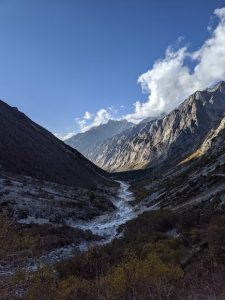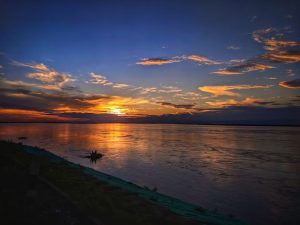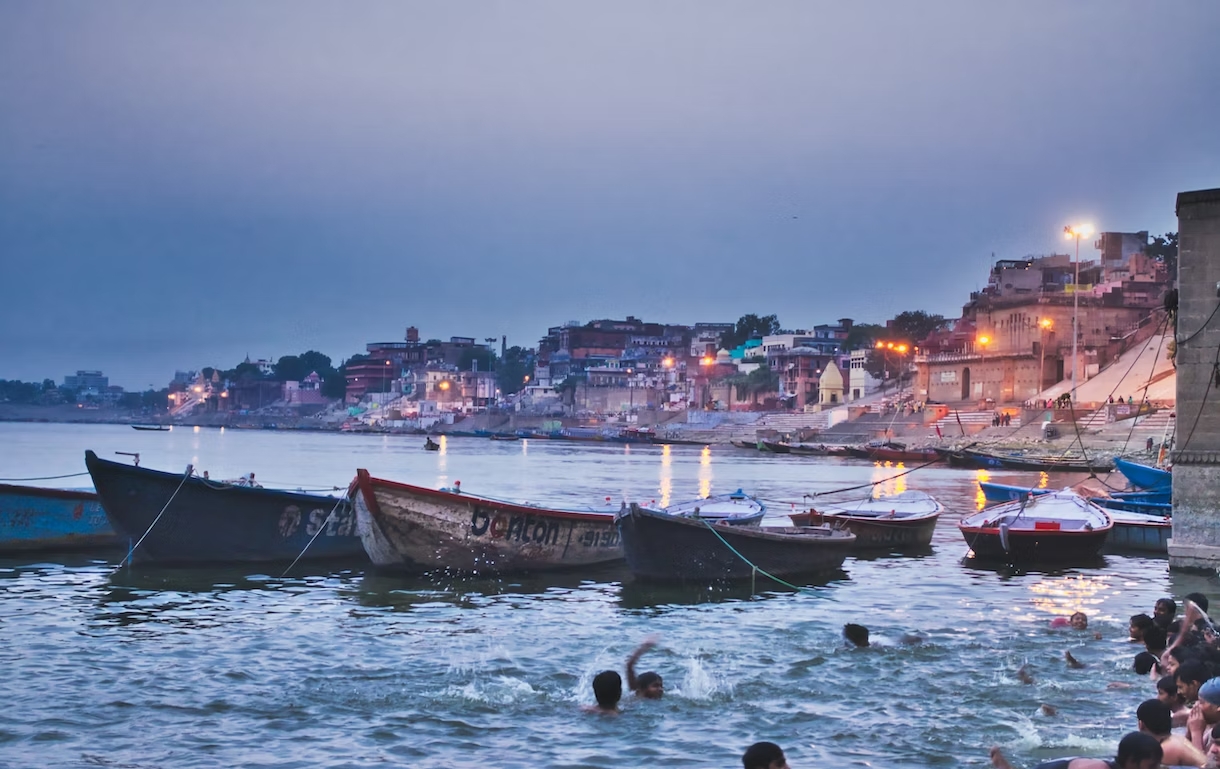India, often referred to as the “Land of Rivers,” boasts a rich tapestry of waterways that crisscross its vast expanse, nourishing the land and its people. From the snow-capped peaks of the Himalayas to the coastal plains of the Indian Ocean, these rivers have shaped the landscape, culture, and history of the nation. With over 400 rivers flowing through its terrain, India is home to some of the most iconic and sacred water bodies in the world. Let’s have a look at the significance of rivers in India, their ecological importance, and their deep-rooted cultural and spiritual connections.

The rivers of India serve as lifelines for millions of people, providing water for irrigation, drinking, and industrial purposes. One of the most revered rivers in the country is the Ganges, often called the “Ganga.” Originating from the Gangotri Glacier in the Himalayas, it traverses through several states before merging with the Bay of Bengal. The Ganges holds immense religious significance for Hindus and is considered a goddess, believed to cleanse sins and grant salvation. The riverbanks are dotted with ancient temples, bathing ghats, and pilgrim towns, attracting millions of devotees every year.

Another prominent river is the Yamuna, a tributary of the Ganges. It flows through the capital city of Delhi and plays a crucial role in the city’s water supply. Unfortunately, the Yamuna has faced significant pollution challenges due to industrial effluents and untreated sewage. Efforts are underway to restore the river’s health, highlighting the need for conservation and sustainable practices.

Moving westward, the mighty Indus River, originating in Tibet, enters India and flows through the states of Jammu and Kashmir and Himachal Pradesh. The Indus Valley Civilization, one of the world’s oldest urban settlements, thrived along the banks of this ancient river. The Indus River system is crucial for irrigation and supports agriculture in the arid regions of Punjab and Sindh.

Heading south, we encounter the Godavari River, the second-longest river in India. Originating from the Western Ghats of Maharashtra, it meanders through several states, including Telangana, Andhra Pradesh, and Odisha, before emptying into the Bay of Bengal. The Godavari holds immense cultural significance, with numerous myths and legends associated with its origin and flow. It is celebrated through grand festivals and is an integral part of the region’s folklore and traditions.

The Brahmaputra, one of the mightiest rivers in the world, flows through the northeastern states of India. Originating in Tibet, it carves its way through the Himalayas, forming the stunning Brahmaputra Valley. The river is known for its unpredictable nature, causing devastating floods and shaping the region’s unique ecosystem. The Brahmaputra’s fertile floodplains support agriculture and sustain a rich biodiversity of flora and fauna.
Apart from their cultural and economic importance, India’s rivers also have a profound ecological significance. They support diverse ecosystems, ranging from fragile Himalayan ecosystems to the vast mangrove forests along the coastal regions. These riverine ecosystems provide habitats for countless species of plants and animals, contributing to the overall biodiversity of the country. They also play a crucial role in regulating the climate, replenishing groundwater reserves, and maintaining the water cycle.
However, India’s rivers face numerous challenges in the modern era. Rapid industrialization, population growth, and urbanization have led to increased pollution and overexploitation of water resources. Many rivers suffer from pollution caused by untreated sewage, industrial waste, and agricultural runoff. The effects of climate change, including erratic rainfall patterns and glacial melting, further exacerbate the challenges faced by these water bodies.
Recognizing the importance of conserving and rejuvenating its rivers, the Indian government has launched several initiatives. The Namami Gange project, launched in 2014, aims to clean and restore the Ganges River by implementing sewage treatment plants, promoting organic farming, and creating public awareness. Similar projects have been initiated for other major rivers, emphasizing the need for sustainable river management and environmental protection.
India’s rivers are an integral part of its identity, culture, and environment. They have nurtured civilizations, inspired devotion, and sustained livelihoods for centuries. As India progresses, it is essential to prioritize the conservation and sustainable management of these precious water bodies. By preserving and revitalizing its rivers, India can ensure a prosperous and harmonious future for generations to come, where the lifelines of the nation continue to flow, providing life and sustenance to all.



